Understanding Google’s AI Max Ad Group Setting Test: What Advertisers Need to Know
Google’s experiment with the AI Max ad group setting explores how artificial intelligence can automate and improve ad group configurations within Google Ads campaigns. This initiative reflects Google’s effort to integrate machine learning more deeply into advertising tools, potentially changing how campaigns are structured and managed. By examining this test and insights from industry experts, advertisers can better understand the benefits and challenges AI-driven ad group settings may bring to their marketing strategies.
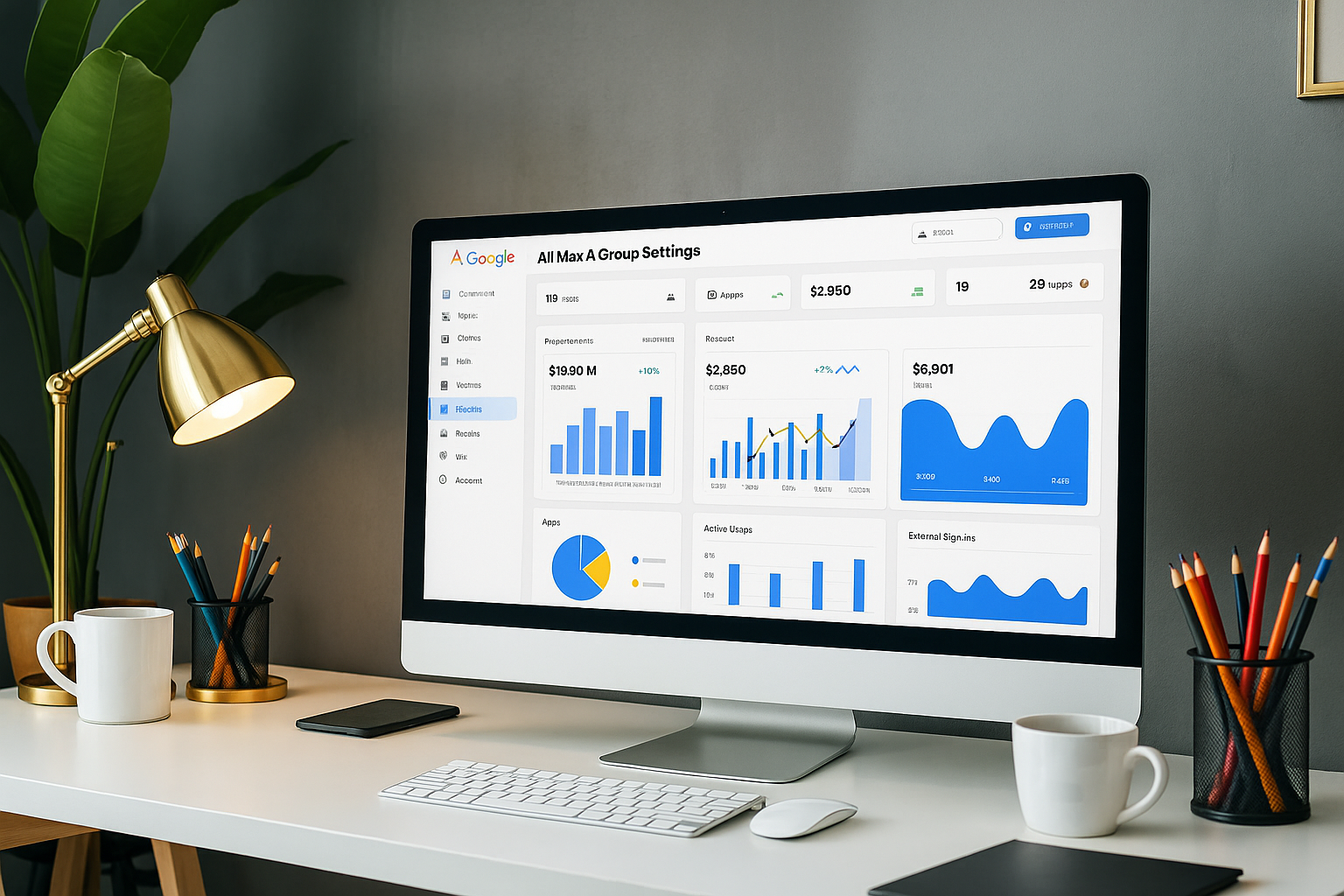
Mechanics and Impact of Google’s AI Max Ad Group Setting Test
The AI Max ad group setting test aims to automate detailed aspects of campaign management by dynamically adjusting ad group configurations. Instead of relying solely on manual structuring and keyword grouping, the AI Max setting identifies effective combinations of ads and keywords by analyzing large data sets and user behavior patterns. This can reduce the time advertisers spend on campaign setup and adjustments.
Machine learning algorithms continuously learn from campaign results, refining ad group parameters to improve relevance and engagement. This may lead to more precise targeting and better budget allocation, as the AI identifies segments with the highest return on investment. Campaigns could become more adaptive, responding in real time to shifts in audience behavior and market conditions without constant manual input.
However, automation may reduce the level of control advertisers have over specific campaign elements. Marketers who prefer tailoring ad groups based on nuanced insights or brand strategies might find the AI’s decisions less transparent or harder to influence. Balancing automation with human oversight will influence how widely this feature is adopted and integrated into campaign management.
As noted by Search Engine Land, “Google’s AI Max test is a clear indication of the company’s commitment to embedding machine learning deeper into advertising workflows, but it also challenges advertisers to rethink how they approach campaign structure and optimization.” This dynamic encourages marketers to experiment with AI tools while maintaining a strategic focus on campaign goals and audience engagement.
Redefining Search Targeting with Machine Learning
The AI Max ad group setting introduces automation that shifts focus from traditional keyword management to AI-driven intent signals. By automatically expanding keyword matching to broad match, Google’s algorithms interpret user queries more flexibly, matching ads based on landing page content and creative assets rather than exact keyword matches. This can increase campaign reach by capturing a wider range of relevant search queries, potentially uncovering valuable traffic missed by manual keyword selection.
This test is part of a broader AI Max initiative that integrates automation across bidding, creative optimization, targeting, and placements, offering modular controls at the ad group level. Options like Search Term Matching and Brand Inclusions allow marketers to balance expanded reach with precision targeting. The ability to opt out of automatic broad match expansion helps maintain control when strict keyword targeting is essential for brand safety or campaign goals.
While AI-driven ad group settings offer efficiency and adaptability, they also raise concerns about transparency and control. Advertisers must monitor campaigns to ensure broader targeting does not dilute relevance or waste spend on loosely related queries. This shift requires trust in Google’s machine learning models, which refine targeting based on real-time data, and a willingness to adjust strategies as the AI evolves.
Search Engine Land highlights this development as a signal of Google’s intent to embed machine learning more deeply into advertising workflows, encouraging advertisers to rethink traditional campaign structures. The test invites marketers to explore how AI can complement human strategy by blending automation with selective manual oversight.
Frequently Asked Questions About Google AI Max Ad Group Setting Test
Control Over Campaigns:
The AI Max setting optimizes ad group configurations by analyzing user behavior and performance data, shifting some decision-making to Google’s algorithms. While effective keyword and ad combinations are identified, applying very specific targeting nuances or brand-focused strategies may require manual adjustments.
Impact of Broad Match Expansion:
Automatic broadening of keyword matching captures a wider range of relevant queries, increasing reach and uncovering new traffic sources. However, this can reduce targeting precision, potentially leading to impressions or clicks that don’t align perfectly with campaign goals. Modular controls like search term matching and brand inclusions help guide the AI’s decisions without fully relinquishing control.
Transparency of AI Decisions:
Since the system continuously learns and adjusts based on real-time data, it can be difficult to pinpoint why certain ad group changes occur. Advertisers should monitor performance closely and be ready to intervene to ensure AI optimizations align with business objectives.
Suitability for Different Campaigns:
While automation can improve efficiency, some campaigns require strict keyword targeting or brand safety measures that may not align with AI-driven settings. Experimentation and careful observation are necessary to determine if the AI Max setting fits specific marketing strategies, as effectiveness varies by campaign goals and industry.
Approaching AI-Driven Campaign Management
Google’s AI Max ad group setting test offers a glimpse into how machine learning can enhance campaign optimization by automating ad group configurations and expanding keyword reach. This innovation can save time and reveal new opportunities but requires balancing automation with oversight to maintain control and relevance. Marketers who experiment thoughtfully, monitor results closely, and adjust settings as needed will be best positioned to benefit while managing risks related to reduced transparency and precision.
For more details, read the original article on Search Engine Land. As the article author states, “Google’s AI Max test is a clear indication of the company’s commitment to embedding machine learning deeper into advertising workflows, but it also challenges advertisers to rethink how they approach campaign structure and optimization.”

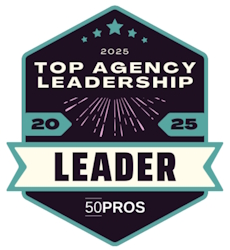
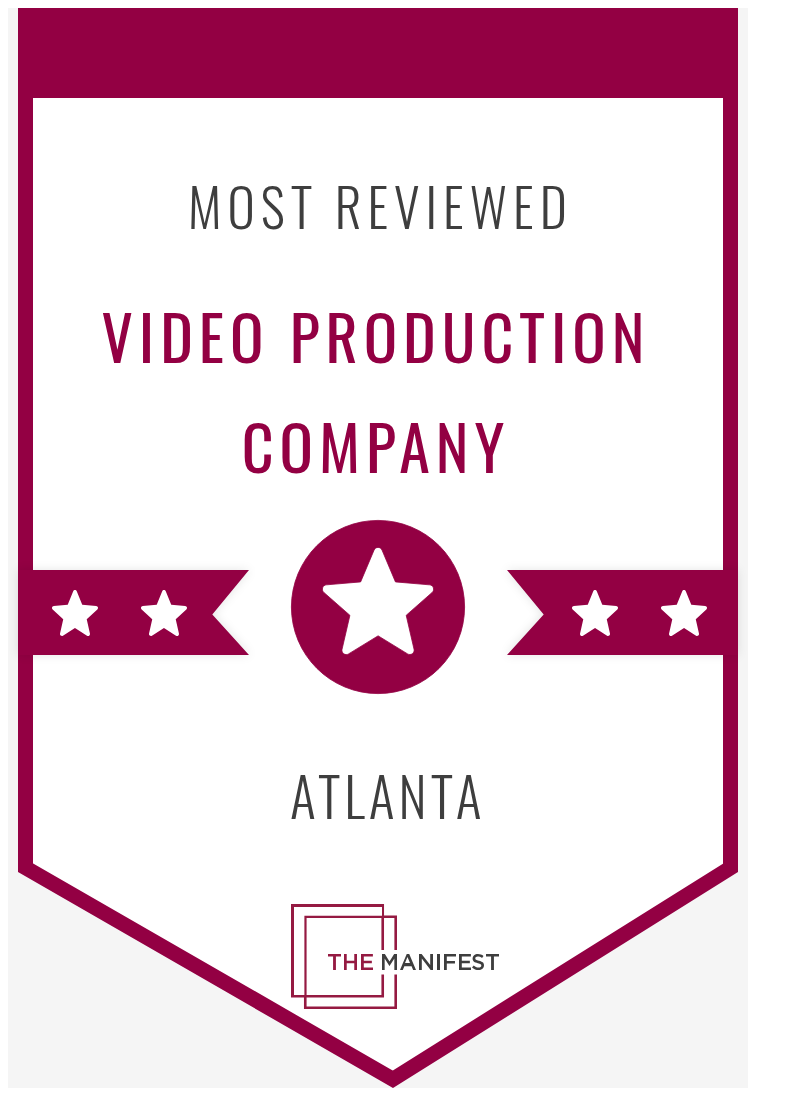

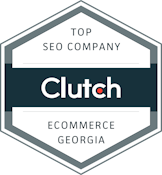
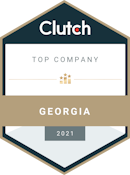
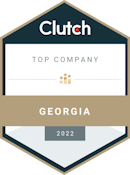
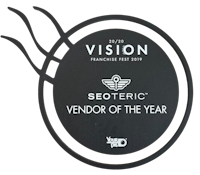
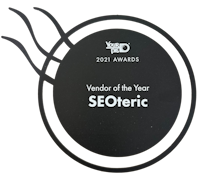


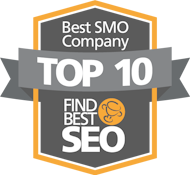

.png)

